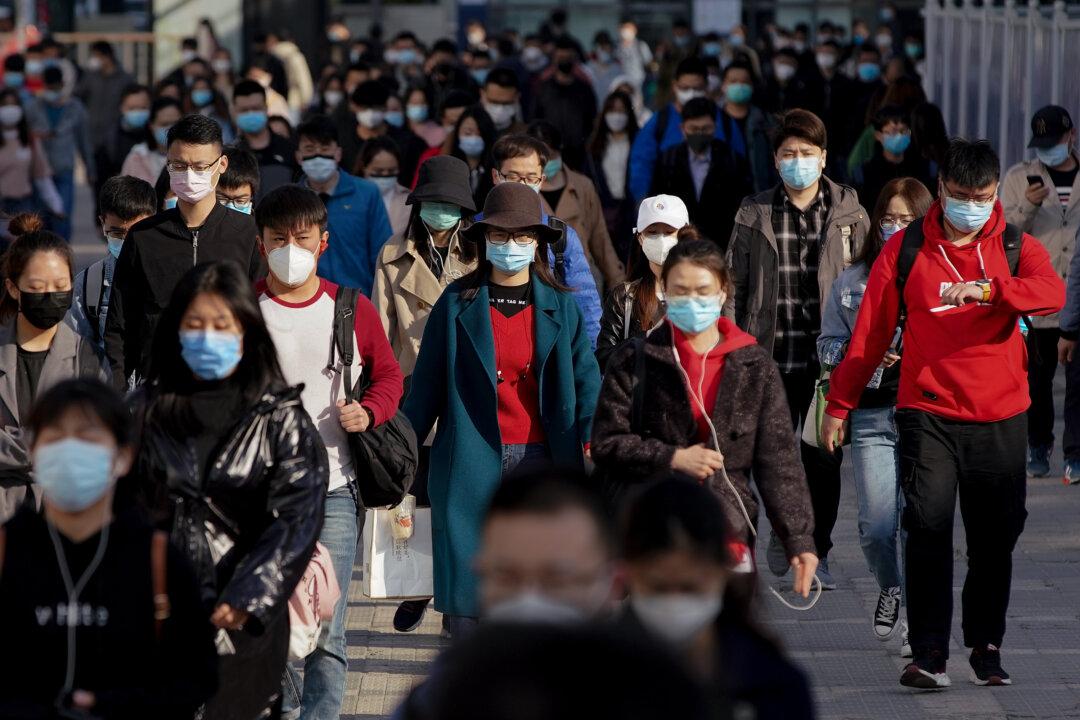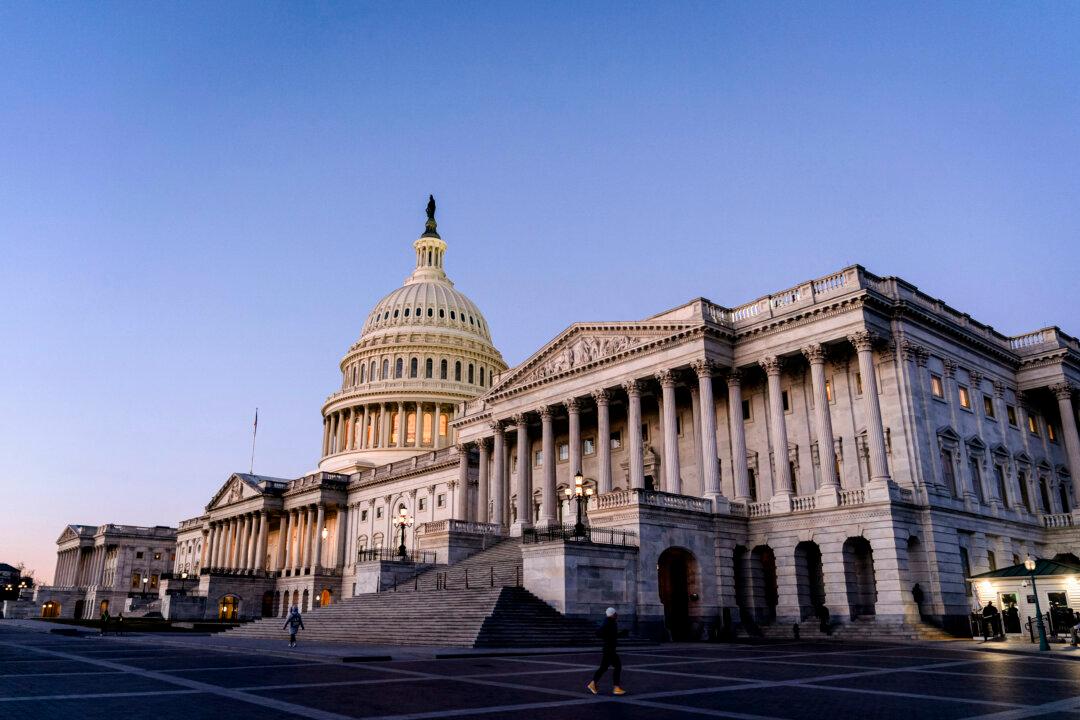Fears of a second wave of CCP virus infections in China are mounting as several areas recently reimplemented lockdowns in response to localized clusters.
Since April, a county in central China’s Henan Province, cities in the northernmost province of Heilongjiang, and parts of the southern Chinese city of Guangzhou have been placed under lockdown—weeks after restrictions were lifted across much of the country.





